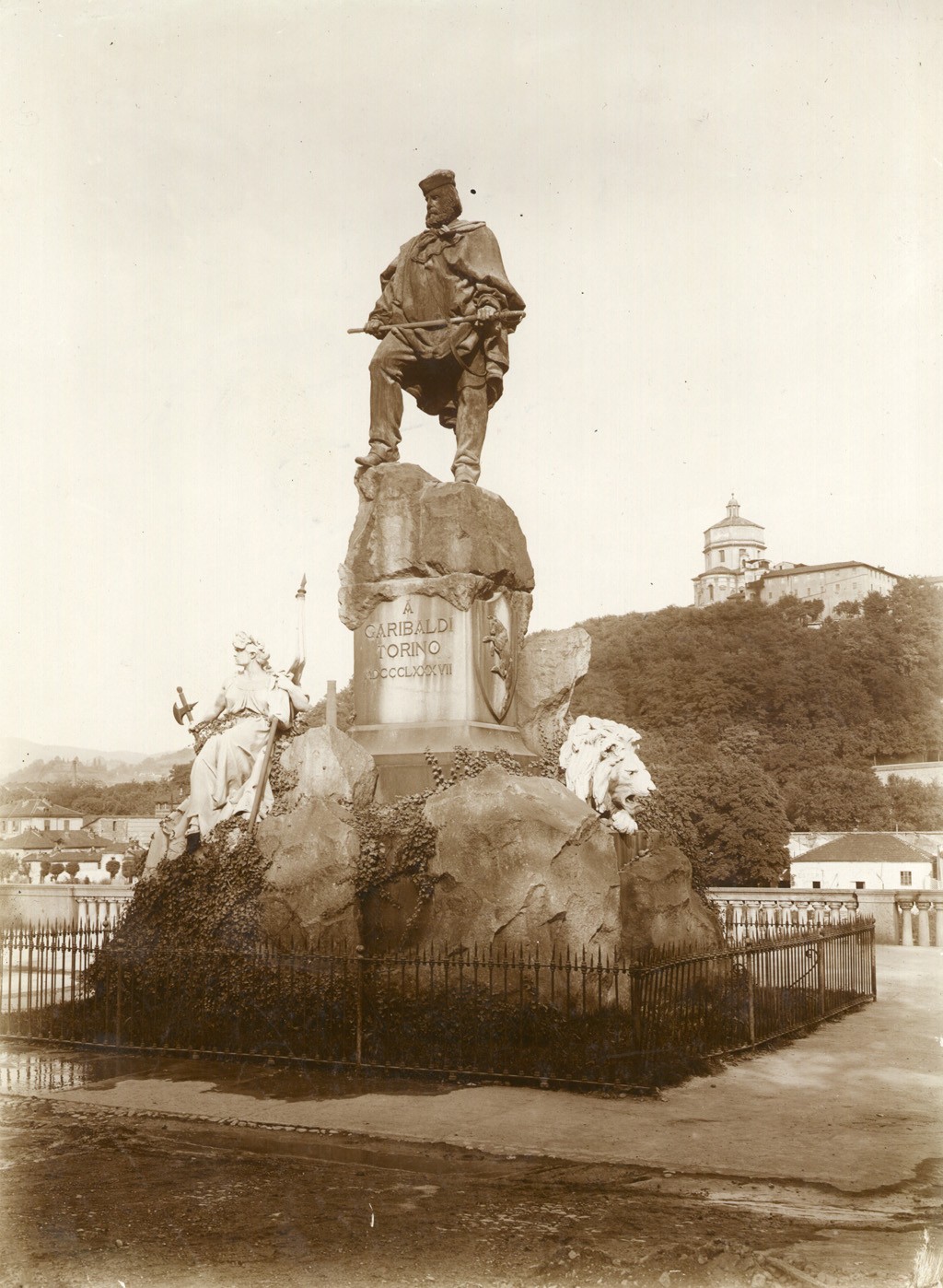La pedagogia degli spazi urbani: Torino città risorgimentale
DOI:
https://doi.org/10.13135/2038-6788/9266Parole chiave:
Carlo Alberto, Cavour, Cittadini di pietra, Garibaldi, Mazzini, Monumenti, Pedagogia degli spazi urbani, Risorgimento, Spazio, Torino, Vittorio Emanuele IIAbstract
In the second half of nineteenth century Italy, “urban space pedagogy” becomes popular. It is the tendency to promote national consciousness and identity among the adult populace, which is for the most part illiterate, via a channel that is alternative to school education and focuses on collective imagination and the emotional sphere through the transformation of the town into an open air museum. It spans from modifications introduced in the city lay-out to the construction of tall and majestic buildings in gardens and central squares.
The case of Turin is paradigmatic. The phenomenon, which can be here located already in the 1850s, takes up peculiar features in light of the multi-centennial connection between Turin and the Savoy dynasty and the Risorgimento primary role recognized to Turin by the inhabitants of various other areas of Italy up to the end of the nineteenth century.


